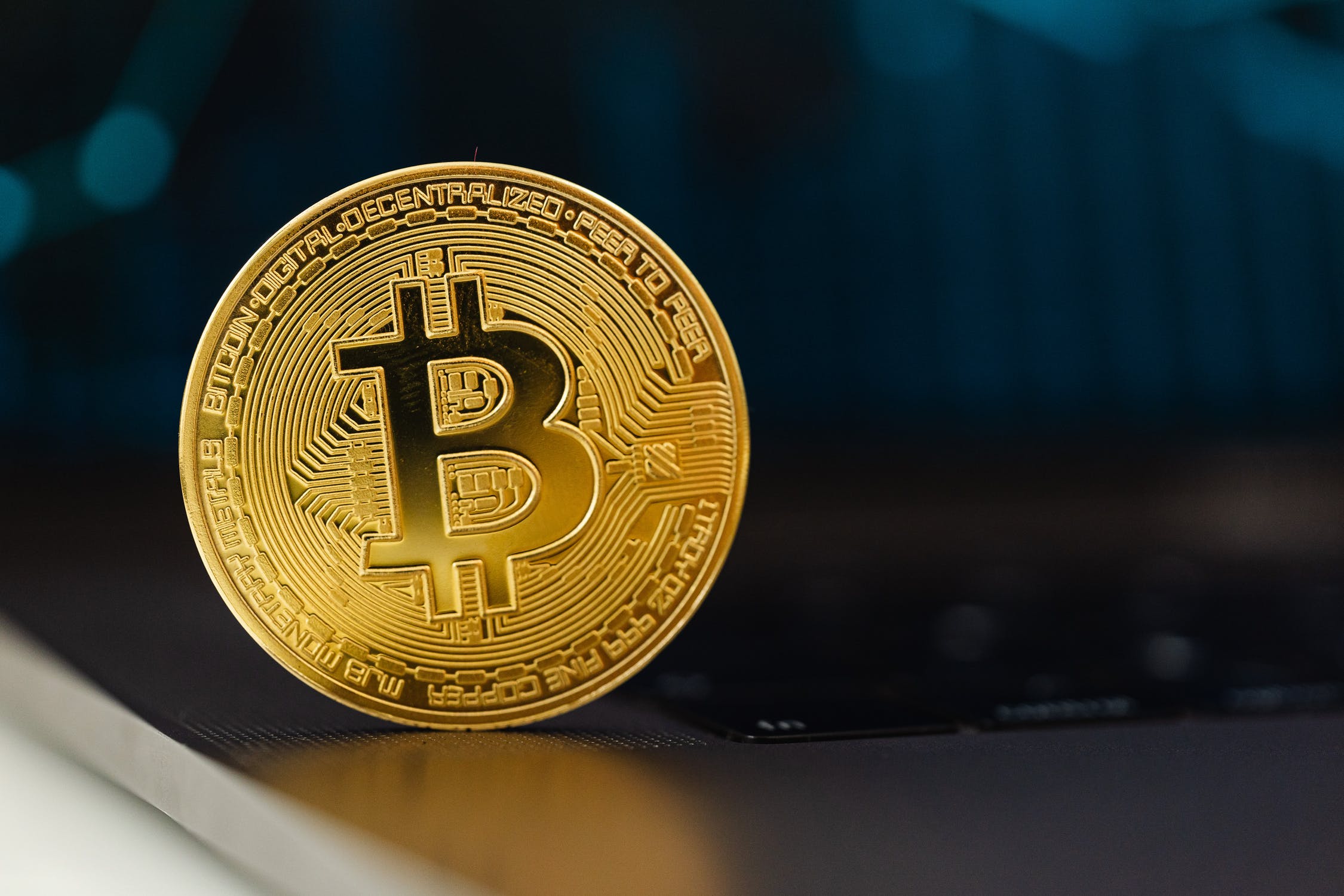 1 min read
1 min read 
The drop accelerated on Saturday, when BTC struck through a round level $ 50,000 and decreased below $ 42,000.
The decline in the first cryptocurrency has not yet ended, and difficult times are waiting ahead, the famous investor Louis.
According to the billionaire, a significant bubble applied in the stock market, which can lead to strong adjustment of risky assets, since the Fed of Monetary Policy normalizes, Bits.media writes.
Fedrenyev is trying to fight with a significant increase in inflation and announced the acceleration of the collapse of the stimulus program. The latest statements of the head of the Fed Jerome Powell showed that this process could end "a few months earlier than expected."
"Fed turns a quantitative program of mitigation. This should lead to the correction of risky assets, including Bitcoin. The earlier, Fedrev will move, we will see more volatility, "the granul explained.
He recalled that during a similar correction of risky assets, which happened in February and March 2020, the level of bitcoins decreased significantly. This time the situation can be even worse, and Bitcoin may lose up to 80% of capitalization.
The Bitcoin graph enhances the "double vertex", and the care is below $ 46,000 (200 day moving average) will strengthen it.
"The fall until spring is $ 28,500 - will be implemented by a massive double vertex, which will threaten return to 10,000 dollars. By the way, it will correspond to the numerous 80% stars in the history of BTC, "the investor noted.
The founder of Navellier & Associates with assets of 2.5 billion dollars Louis Midwells lead a bulletin about the stock market for more than 30 years. Since 1997, work on its recommendations from the beginning of 100,000 dollars can bring profit of $ 1.67 million. USA.
Recall that the founder of Cryptobank Galaxy Digital Mike Novograpz saw in the reassignment of the head of the Fed Jerome Pau Powell for Bitcoine. For a more aggressive approach in monetary policy, Powell will be repelled from concerns in obtaining a negative evaluation of work. Before making the decision byyden, the head of the Fed was inclined in favor of a slower coming from cash incentives.

 1 min read
1 min read 
.png)


